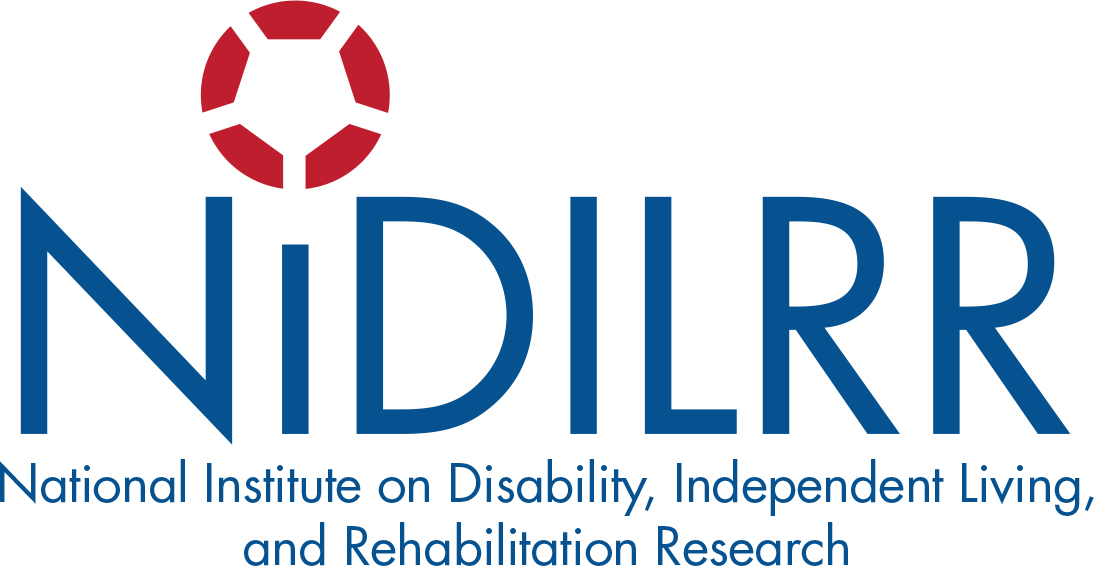Print-Friendly PDF | Large-Print PDF
Introduction: The ADA Revised Regulations
The Department of Justice (DOJ) has issued revised Americans with Disabilities Act (ADA) Title II regulations which took effect March 15, 2011. These regulations affect the obligations of Title II public entities (state and local government entities) that are responsible for the operation or management of adult and juvenile justice jails, detention and correctional facilities, and community correctional facilities, either directly or through contractual, licensing, or other arrangements with public or private entities, in whole or part, including private correctional facilities. (§35.151(k) and §35.152)
Overarching Obligation
The revised regulations state that public entities shall ensure that qualified incarcerated individuals or detainees with disabilities shall not, because a facility is inaccessible to or unusable by individuals with disabilities, be excluded from participation in, or be denied the benefits of, the services, programs, or activities of a public entity, or be subjected to discrimination by any public entity.

Integrated Setting
Incarcerated individuals or detainees with disabilities must be housed in the most integrated setting appropriate to the needs of the individuals. This means there needs to be accessible housing in all security classifications and/or program levels of a facility. Also, qualified incarcerated individuals or detainees with disabilities should have access to all programs to which they would otherwise be entitled, including educational, vocational, work release, employment, and religious programs, whether mandatory or voluntary. Unless it is appropriate to make an exception, public entities shall not incarcerated individuals with disabilities:
- In inappropriate security classifications because no accessible cells or beds are available;
- In medical areas unless they are actually receiving medical care or treatment;
- In facilities that do not offer the same programs as facilities where they otherwise would be housed; and
- In distant facilities where they would otherwise not be housed that would deprive them of visitation with family members.
Minimum Requirements from the 2010 Standards (§35.151(k))
New construction of jails, prisons, and other detention and correctional facilities shall comply with the 2010 Standards, effective March 12, 2012, except that public entities shall provide mobility features for at least 3%, but no less than one, of the total number of cells in such a facility. Cells with mobility features shall be provided in each classification level. As required by the 2010 Standards, at least 2%, but no fewer than one, of the total number of general holding cells and general housing cells equipped with audible emergency alarm systems and permanently installed telephones within the cell shall provide communication features. Within this requirement, where audible emergency alarm systems are provided to service the occupants of cells, visible alarms shall be provided; however, visible alarms shall not be required where incarcerated individuals or detainees are not allowed independent means of egress.
Telephones, where provided within cells, shall have volume controls. (Sections 232 and 807, 2010 Standards)
 Alterations to jails, prisons, and other detention and correctional facilities shall comply with the 2010 Standards, effective March 12, 2012, except that public entities shall provide accessible mobility features for a minimum of 3%, but no less than one, of the total number of cells being altered until at least 3%, but no less than one, of the total number of cells in the facility provide mobility features. Altered cells with mobility features shall be provided in each classification level.
Alterations to jails, prisons, and other detention and correctional facilities shall comply with the 2010 Standards, effective March 12, 2012, except that public entities shall provide accessible mobility features for a minimum of 3%, but no less than one, of the total number of cells being altered until at least 3%, but no less than one, of the total number of cells in the facility provide mobility features. Altered cells with mobility features shall be provided in each classification level.
However, when alterations are made to specific cells, facilities may satisfy their obligation to provide the required number of cells with mobility features by providing the required mobility features in substitute cells (cells other than those where alterations are originally planned), provided that the substitute cell is located within the same prison site, is integrated with other cells to the maximum extent feasible, and has equal physical access as the altered cells to areas used by incarcerated individuals or detainees for visitation, dining, recreation, educational programs, medical services, work programs, religious services, and other offered programs. If it is technically infeasible to locate a substitute cell within the same prison site, the substitute cell must be provided at another prison within the same system.
With respect to medical and long-term care facilities in jails, prisons, and other detention and correctional facilities, public entities shall apply the 2010 ADA Standards technical and scoping requirements for those facilities whether those facilities are licensed or not.
Service Animals
Visitors of incarcerated individuals may use their service animals and accompany visitor anywhere the visitor is allowed to go. If a service animal affects the security of a facility, or is disruptive the animal may be excluded from a prison or detention facility visiting area but the visitor may remain.
Resources
For further information on the 2010 ADA Standards: DOJ ADA Website

The Northwest ADA Center is a member of the ADA National Network. This fact sheet was developed under grant from the Administration for Community Living (ACL), NIDILRR grant #90DP0016-02-00. However, the contents do not necessarily represent the policy of the ACL, and you should not assume endorsement by the federal government.
